Peppers
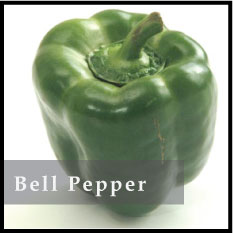
Green to Red Bell Types: California Wonder ’Yarden’ ($3.50) - Organic, 75 days, the standard open – pollinated Pepper. Medium 4” fruits with thick fleshy walls and mild flavor. Turning crimson when ripe.
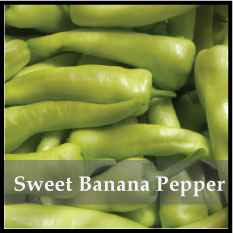
Sweet Banana ($3.50) – 75 days, a productive, firm and sweet fruit 6” in length, 1 – ½” wide tapering to a point. Color turns from green to waxy yellow to crimson red when mature.
Peppers have gained popularity in North America over the last few years. Along with peas, peppers are one of the oldest vegetables in the world (3400 BC). Peppers add taste and texture to many dishes as well as providing high amounts of Vitamin A & C, especially when fully matured.
(Tip) Peppers: Peppers are warm season plants, sensitive to cold temperatures and drought conditions. Start indoors 8-10 weeks before last frost date. Transplant outdoors after danger of frost is gone and night time temperatures are above 50F. Cool night temperatures will delay growth and fruit will set. Temperatures below 40F can stop growth permanently. Soil- Almost any warm soil can be used to grow peppers. PH 6.5 – 7.2. Peppers need constant moisture and uniform nutrients for good yields. Excessive nitrogen can cause large plants with no fruit. We recommend using a slow release 4-10-12. Calcium can reduce blossom end rot. Germination – 7-10 days at 75-85F. Poor germination is a result of too cool or erratic temperatures. Grow on at 70F. Spacing – Twin rows 40” apart with plants spaced 14-16” works well. Tarnished Plant Bug- stings the blossoms causing fruit to drop when forming. See tomato section for additional pests. Do not plant too soon in the spring, cool temperatures will delay the fruit set.

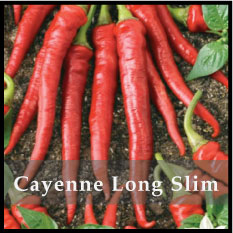
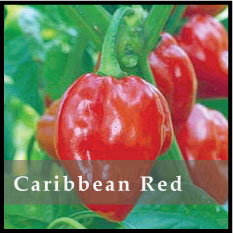
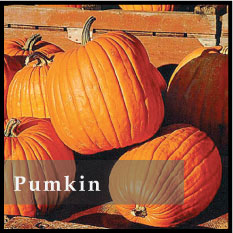
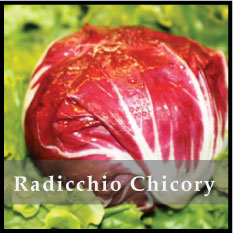
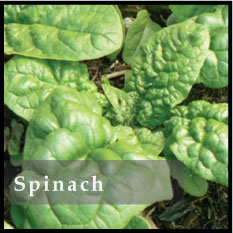
 Copyright © 2010, Sesen Farm & Seeds Ltd. All rights reserved.
Copyright © 2010, Sesen Farm & Seeds Ltd. All rights reserved.